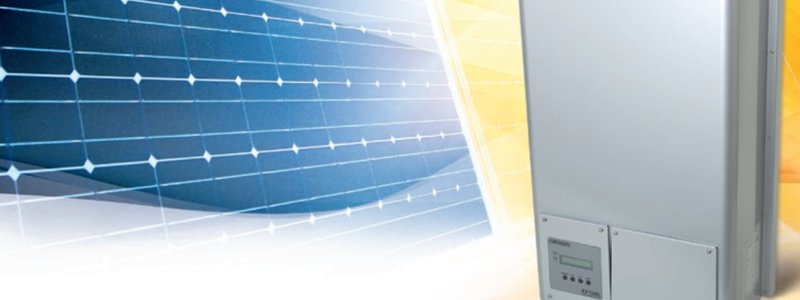
Inverter maker Omron says new investors could pay for upgrades to eliminate potential induced degradation (PID) by being offered a share of the resulting profits.
PID affects ungrounded PV systems and can cause power losses of up to 40%. Omron has commercialized its first PID box in February 2015 and says the problem is now how to find funding so the systems can be retrofitted to existing plants.
Eleonora Denna, product marketing manager for the company’s Environmental Solution Business division, said investors could be encouraged to pay for plant upgrades by being given a share of the additional return on investment (ROI) resulting from the work.
“We think that in Europe now the big challenge is how to make the past investments profitable,” she said. “There are a lot of factors that can lower the ROI from a technical point of view.
“We have some technical solutions to maintain the productivity of plants, but the main question is: once you have the technology, do you also have a way to finance it?
In recent years, PID has become a problem for plants in areas of high humidity or temperature, such as those in coastal areas or warmer climates. Traditionally, problems such as PID might be covered by a warranty.
But nowadays it is not uncommon to find the warranty provider has gone bankrupt. In such situations, the solution may be to upgrade the balance of plant.
“Our inverters are capable of maintaining the negative pole of the PV array grounded without the use of an integrated transformer,” Denna said.
“For those plants that have already experienced performance loss from PID, we propose a retrofit strategy able to restore performance to near-factory output rates. This retrofit concept is compatible with all inverter types and array arrangements.”
However, Omron, which was ranked as the world’s second-largest inverter maker last year, recognises that many of the plant owners in countries most affected by PID, such as Italy, have also had to deal with significant feed-in tariff reductions. Hence its unorthodox funding plan.
“The plant owner can of course pay for the intervention themselves,” Denna said. “But the other option is for an external investor to pay.”
“Once the PV plant is restored to the initial productivity, the revenues coming from the energy restored will be given directly to the investor for a certain period of time.”
Such shared-revenue funding models are already seen in the energy efficiency market, Denna said. For PV plant upgrades, though, “it is something no-one is thinking about.”
The model could be attractive to investors since the risk profile is low; they are investing in existing plants with an established level of performance that should, in theory, be fully restored once the investment is complete.
There may even be insurance cover to cover any productivity that is not fully restored. Denna says investors could expect an internal rate of return of up to 8% over four years. For now, however, the funding model is still at concept stage.
“Plant owners are really in favour of this solution. We need investors that are experienced in photovoltaics.”
-
Eleonora Denna is one of the speakers at the Solar Asset Management Europe event this October in Milan, Italy. Register now for your pass.
